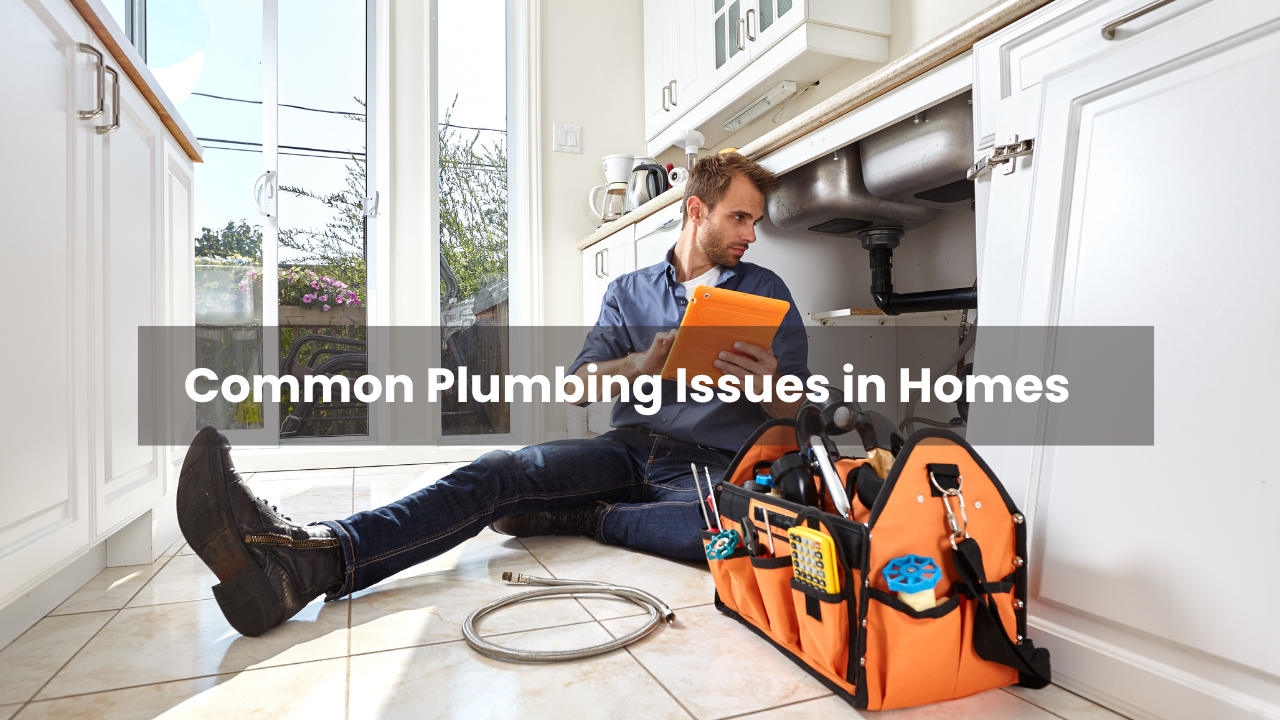Living in the Hudson Valley region means dealing with a unique set of plumbing challenges, often related to the local climate and aging home systems. Many homeowners encounter recurring plumbing issues that, while frustrating, can often be fixed with some basic knowledge and tools. Knowing how to tackle these problems early can prevent costly damage and unnecessary service calls. Here are ten common plumbing troubles faced by Hudson Valley residents and simple ways to manage them before needing professional help.
1. Dripping Faucets
A faucet that constantly drips is more than an annoyance—it wastes water and increases bills. The cause is usually worn-out washers, seals, or O-rings inside the faucet.
Solution:
Turn off the water supply under the sink, disassemble the faucet handle, and inspect washers and seals. Replace any damaged parts and reassemble the faucet. This simple fix often stops the leak.
2. Slow or Clogged Drains
Hair, soap residue, food particles, and grease buildup can slow down or block drains in sinks, tubs, and showers.
Solution:
Avoid harsh chemical cleaners. Instead, use a plunger or a drain snake to clear the blockage. Regularly clean drain strainers to reduce debris accumulation.
3. Running Toilets
A toilet that continuously runs wastes a significant amount of water and usually indicates a faulty flapper or fill valve inside the tank.
Solution:
Remove the tank lid, check the flapper valve for wear or misalignment, and replace if necessary. Adjust the fill valve so the water stops filling once it reaches the right level.
4. Low Water Pressure
Homes with older plumbing systems or mineral buildup often suffer from weak water flow.
Solution:
Remove and clean faucet aerators and showerheads to clear mineral deposits. Check pipes for leaks or damage. For persistent issues, flushing the system or consulting a plumber may be necessary.
5. Water Heater Problems
No hot water or leaking heaters are common complaints. Sediment buildup inside the tank or faulty thermostats can cause these issues.
Solution:
Flush your water heater annually to clear sediment. Check thermostat settings and adjust as needed. Tighten any leaking fittings, but if leaks persist, professional repair might be required.
6. Frozen Pipes
Winter in the Hudson Valley can cause water inside pipes to freeze, leading to bursts and serious water damage.
Solution:
Insulate exposed pipes with foam sleeves or heat tape. During extreme cold, allow faucets to drip slowly to keep water moving and reduce freezing risk. If pipes freeze, gently thaw them using warm towels or a hair dryer, never an open flame.
7. Sewer Line Backup
Older homes may face sewer backups caused by tree roots intruding or debris clogging the lines, resulting in unpleasant odors and potential damage.
Solution:
Be cautious about what you flush or pour down drains. Use enzyme-based drain cleaners to maintain clear pipes. Major backups should be handled by professional sewer services.
8. Sump Pump Malfunction
Basement flooding is a real threat when sump pumps fail during heavy rain or snowmelt.
Solution:
Regularly test the pump by pouring water into the sump pit and ensuring it activates. Remove any debris and inspect the discharge pipe. Replace the pump if it does not function correctly.
9. Garbage Disposal Issues
Disposals often jam when unsuitable items are introduced or when food scraps accumulate.
Solution:
Turn off the disposal and use the manual crank tool located underneath to free jams. Clear stuck debris carefully. Avoid putting fibrous or hard materials in the disposal to prevent future jams.
10. Leaks Under the Sink
Leaking pipes under sinks can damage cabinetry and flooring if unnoticed.
Solution:
Check supply lines and drain connections for drips. Tighten any loose fittings and replace washers if worn. Place a bucket under the pipes temporarily if leaks persist until repairs are complete.
Overview Table: Common Plumbing Problems and Basic Remedies
| Problem | Typical Cause | DIY Fix | When to Call a Plumber |
|---|---|---|---|
| Dripping Faucet | Worn washers/seals | Replace washers/seals | Leak persists after repair |
| Slow/Clogged Drains | Debris buildup | Use plunger/drain snake | Frequent or severe clogs |
| Running Toilet | Faulty flapper/fill valve | Replace flapper/adjust valve | Water runs continuously |
| Low Water Pressure | Mineral buildup/leaks | Clean aerators/check pipes | Pressure remains low |
| Water Heater Issues | Sediment/thermostat | Flush tank/adjust thermostat | Leaks or no hot water |
| Frozen Pipes | Cold weather | Insulate/thaw carefully | Pipes burst or freeze repeatedly |
| Sewer Line Backup | Roots/blockages | Enzyme cleaners | Sewage backflow or bad odor |
| Sump Pump Failure | Debris/power issues | Clear debris/test pump | Pump does not activate |
| Garbage Disposal Jam | Food/foreign objects | Manual crank/remove debris | Motor or electrical problems |
| Leaks Under Sink | Loose fittings | Tighten fittings/replace washers | Ongoing leaks or water damage |
When to Contact a Plumbing Professional
While many plumbing issues can be handled independently, some situations require expert intervention:
- Persistent leaks or water damage
- Sewer backups or foul odors inside the home
- Water heater malfunctions that simple fixes cannot resolve
- Frozen pipes that have burst
- Sump pumps failing during heavy rains
Attempting complicated repairs without experience could worsen the problem and increase costs.
Frequently Asked Questions
Q1: How do I prevent drain clogs?
Regularly clean drain covers and avoid pouring grease or large food scraps down the sink.
Q2: What’s the best way to protect pipes from freezing?
Insulate exposed pipes and keep faucets dripping during extreme cold to prevent freezing.
Q3: How often should I flush my water heater?
Flush once a year to reduce sediment buildup and maintain efficiency.

